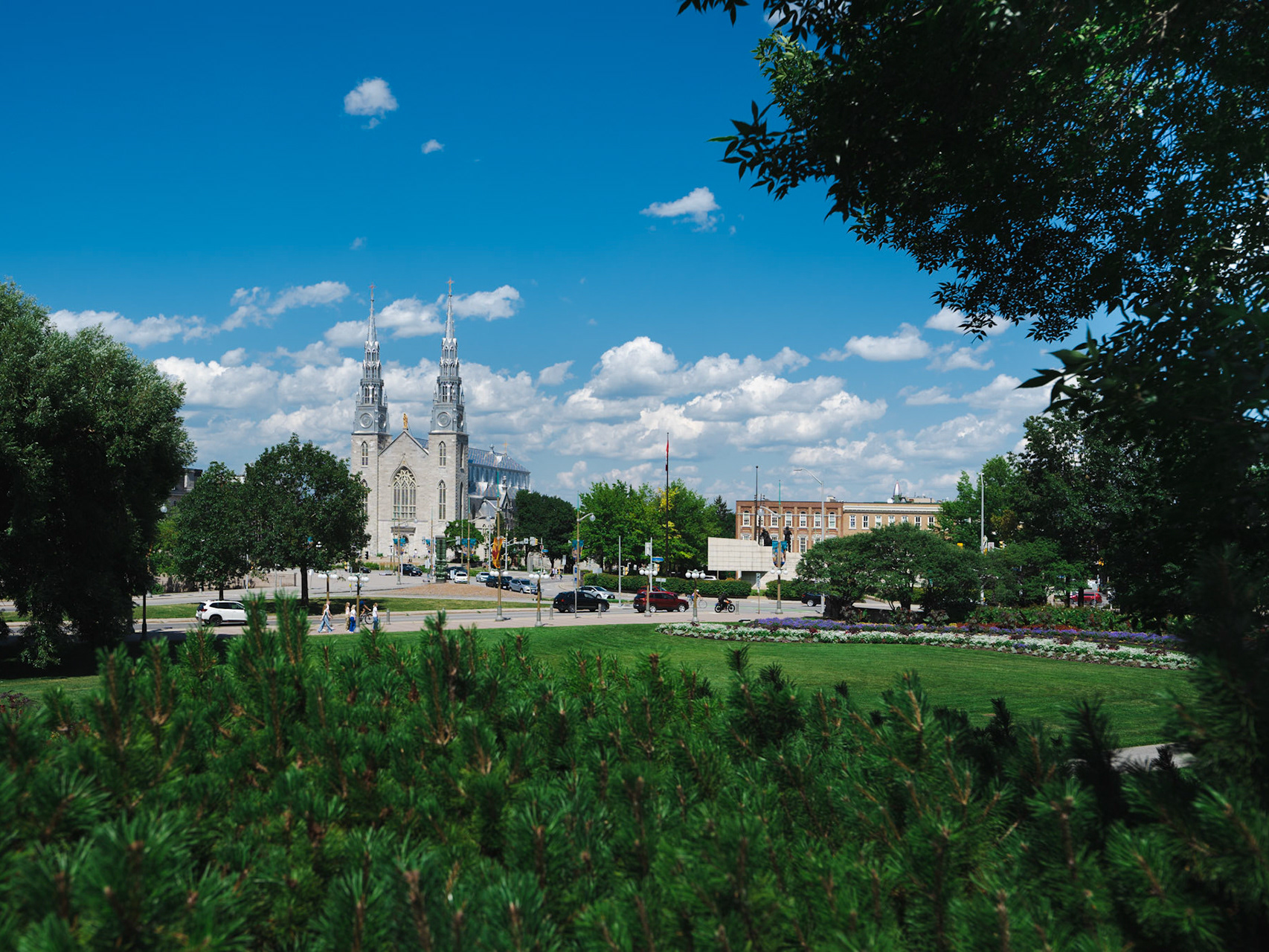
Notre-Dame Cathedral Basilica
1841
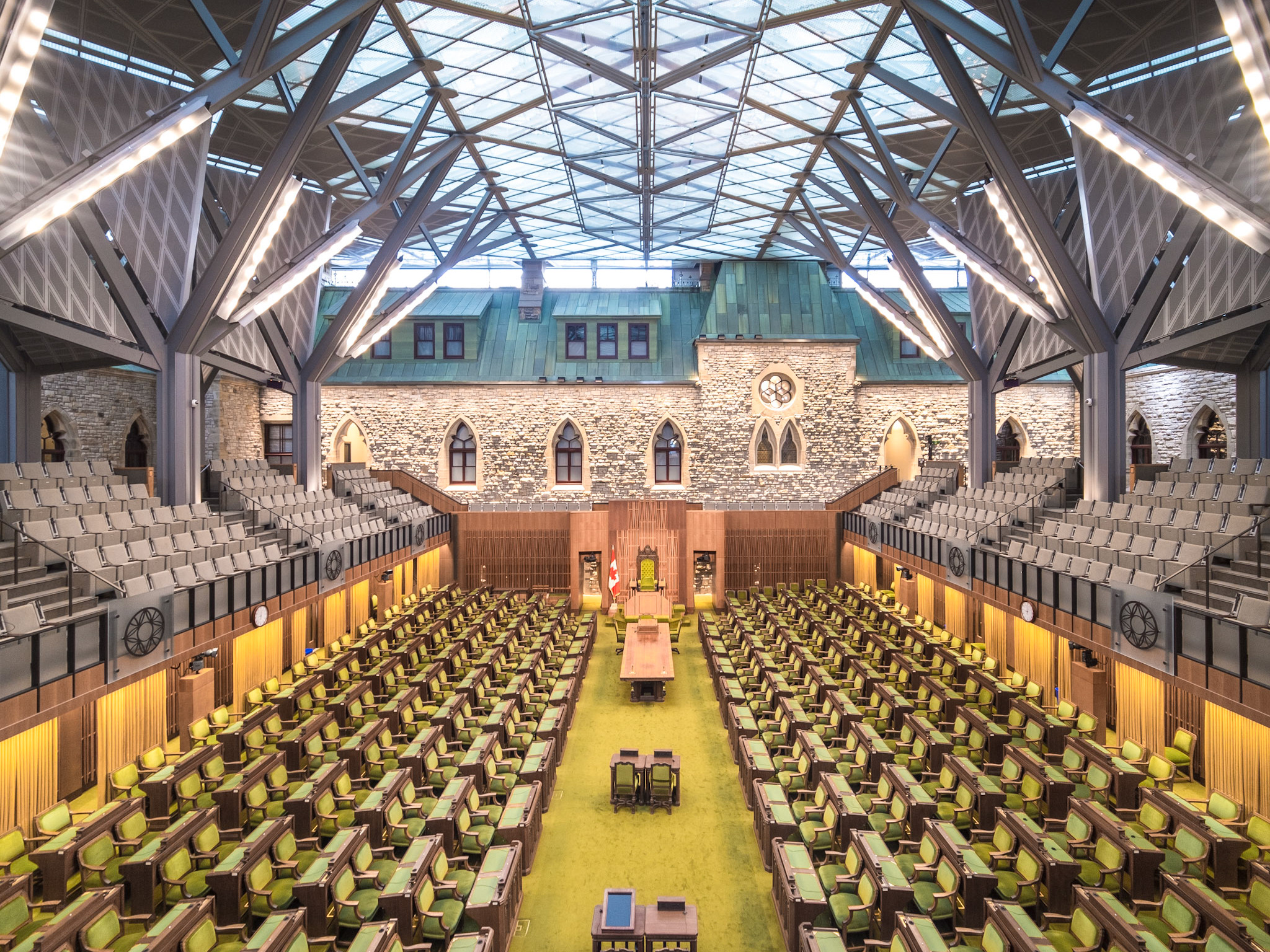
Interim House of Commons
1859 - 1865
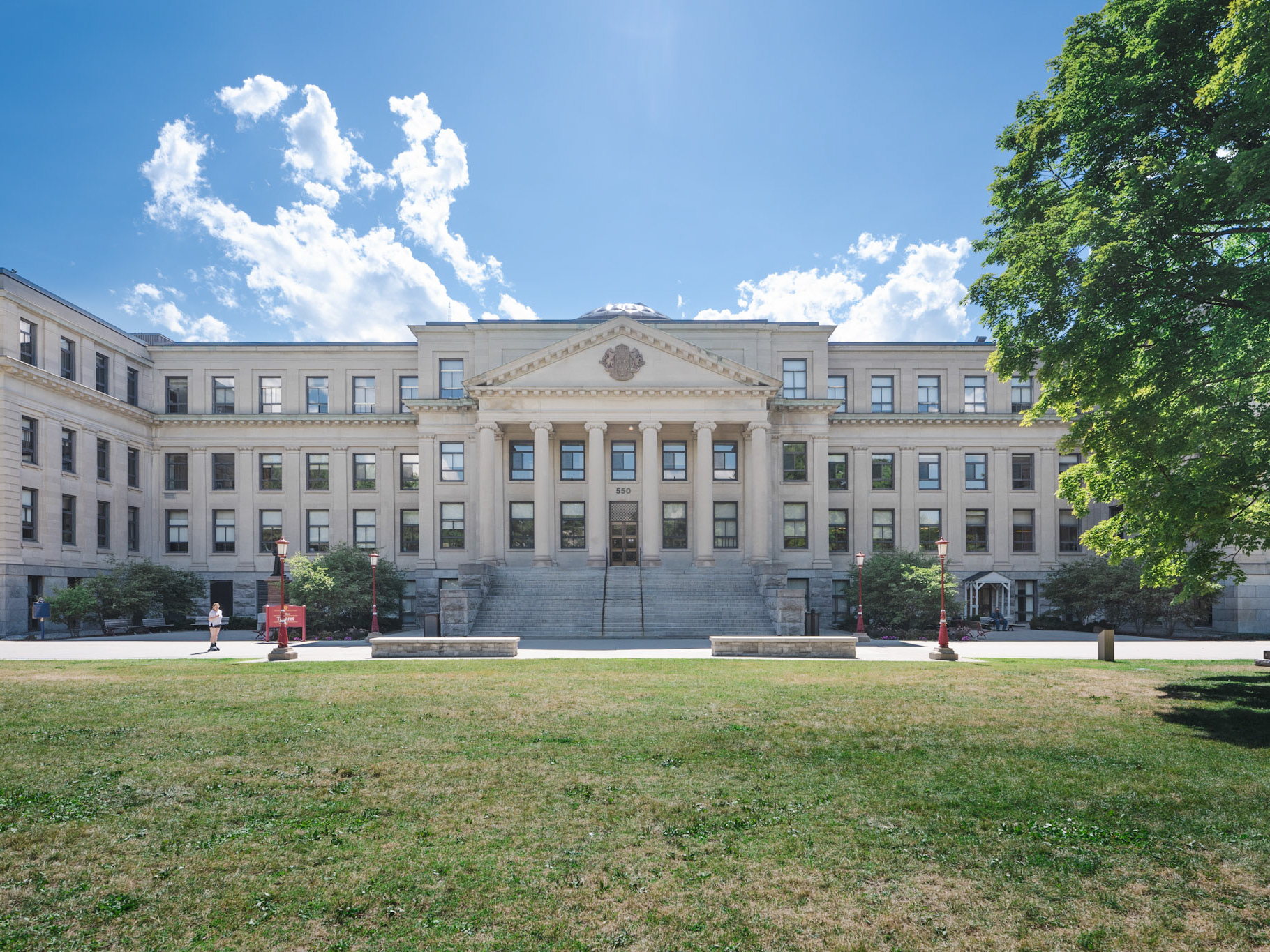
University of Ottawa Tabaret Hall
1905
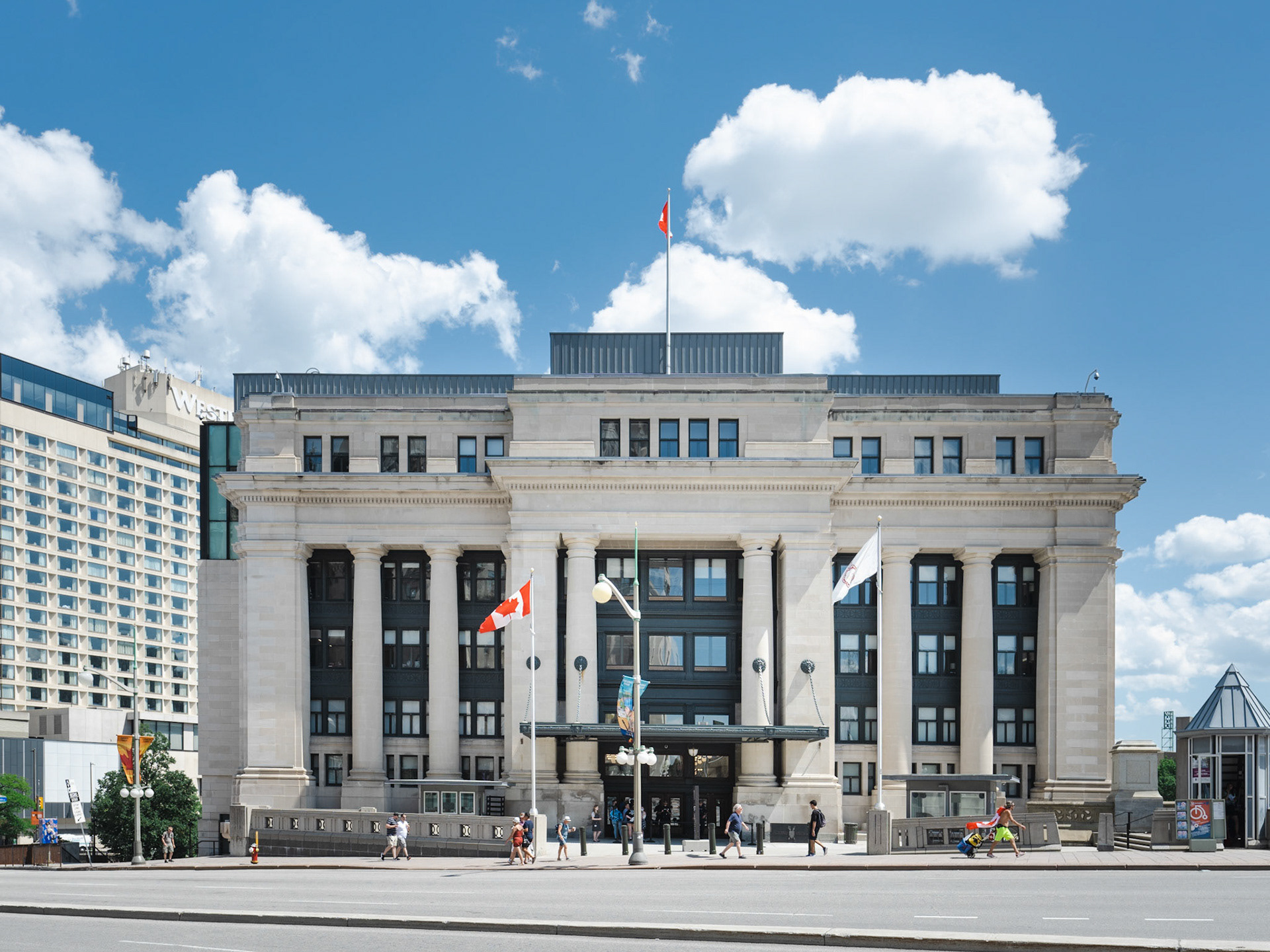
Senate of Canada
1909 - 1912
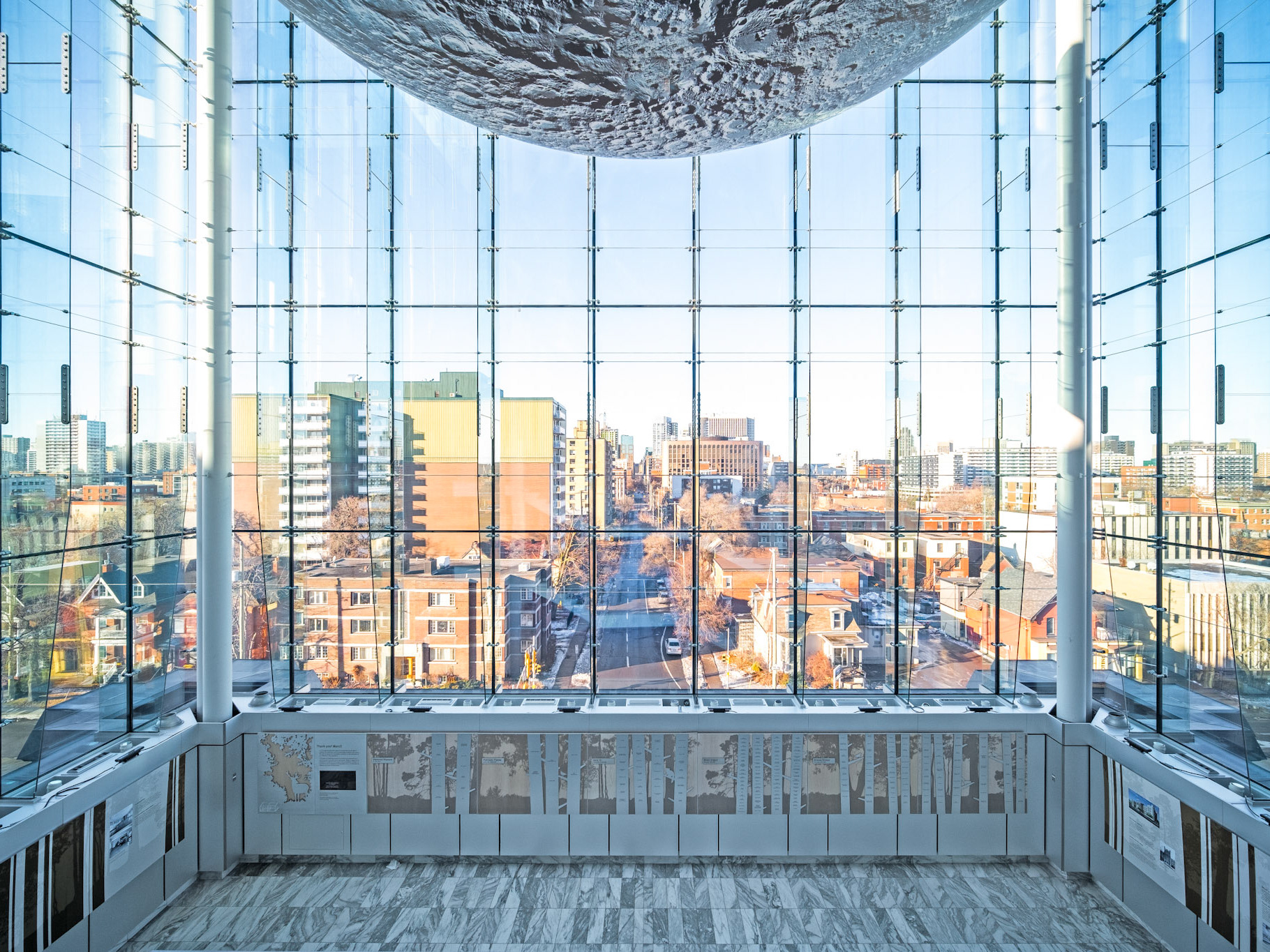
Canadian Museum of Nature
early 20th century

John G. Diefenbaker building
1950s
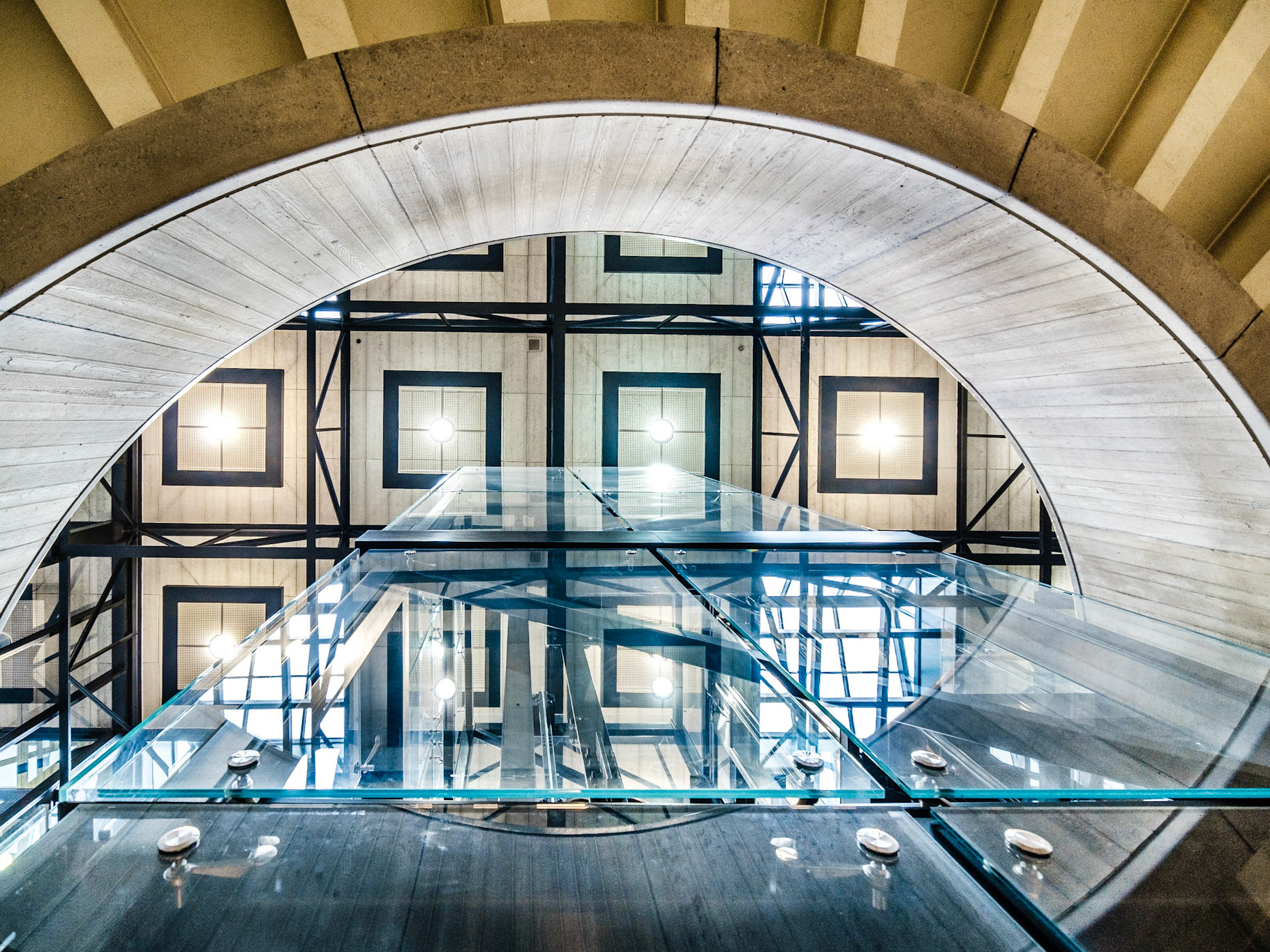
Ottawa Train Station
1966
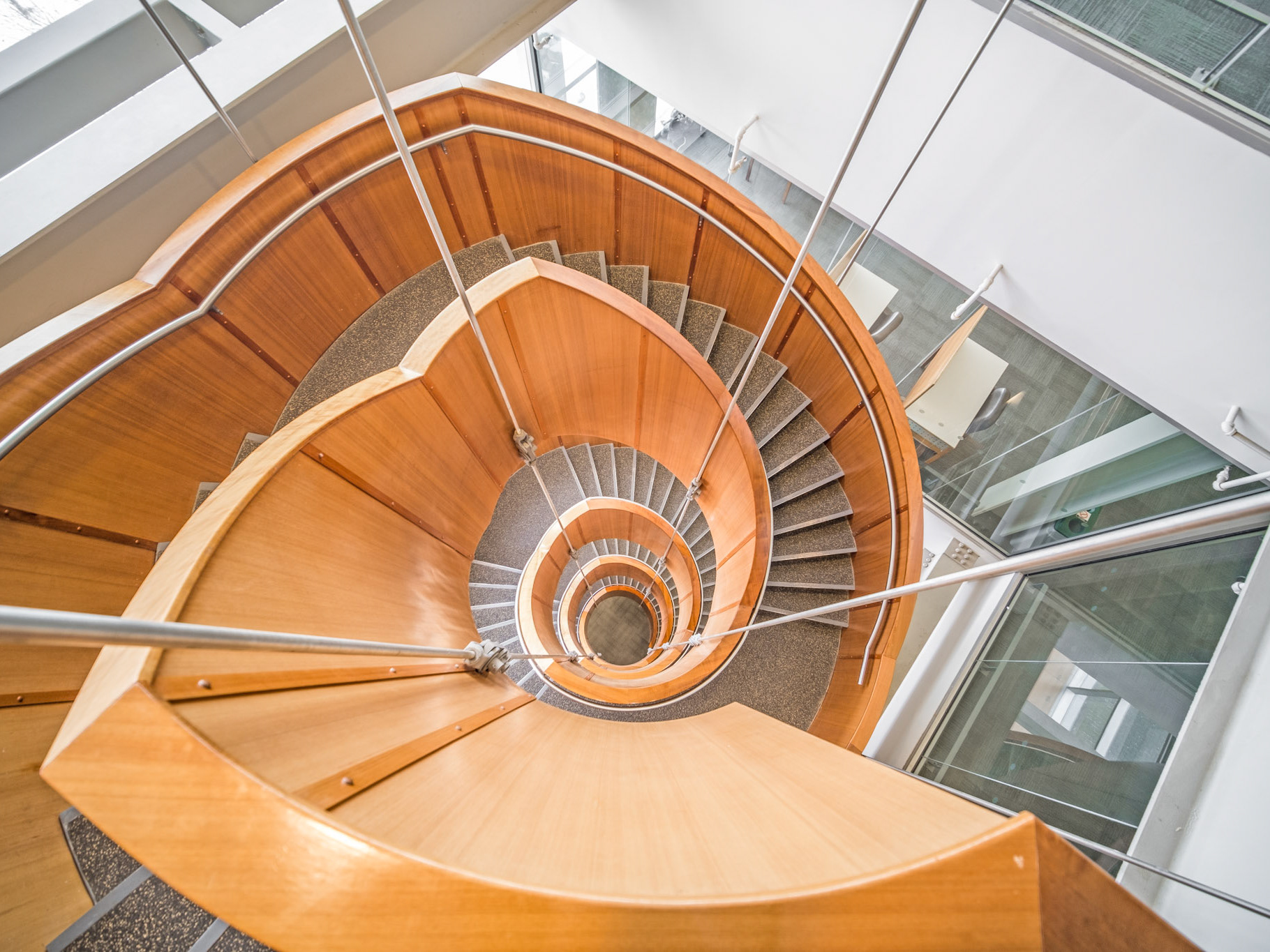
Carleton University MacOdrum Library
1960s, extension 2012 - 2013
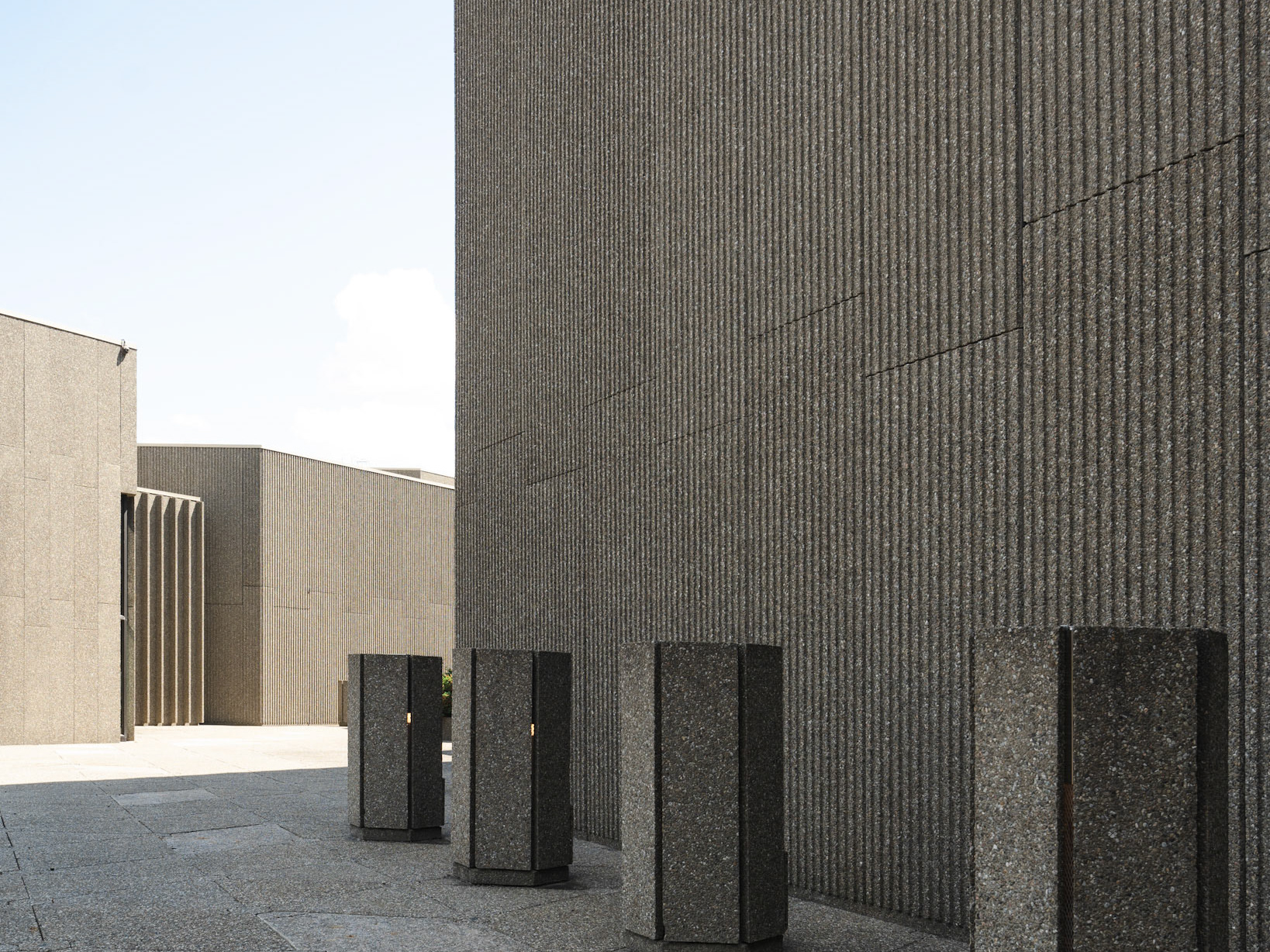
National Arts Center
1969
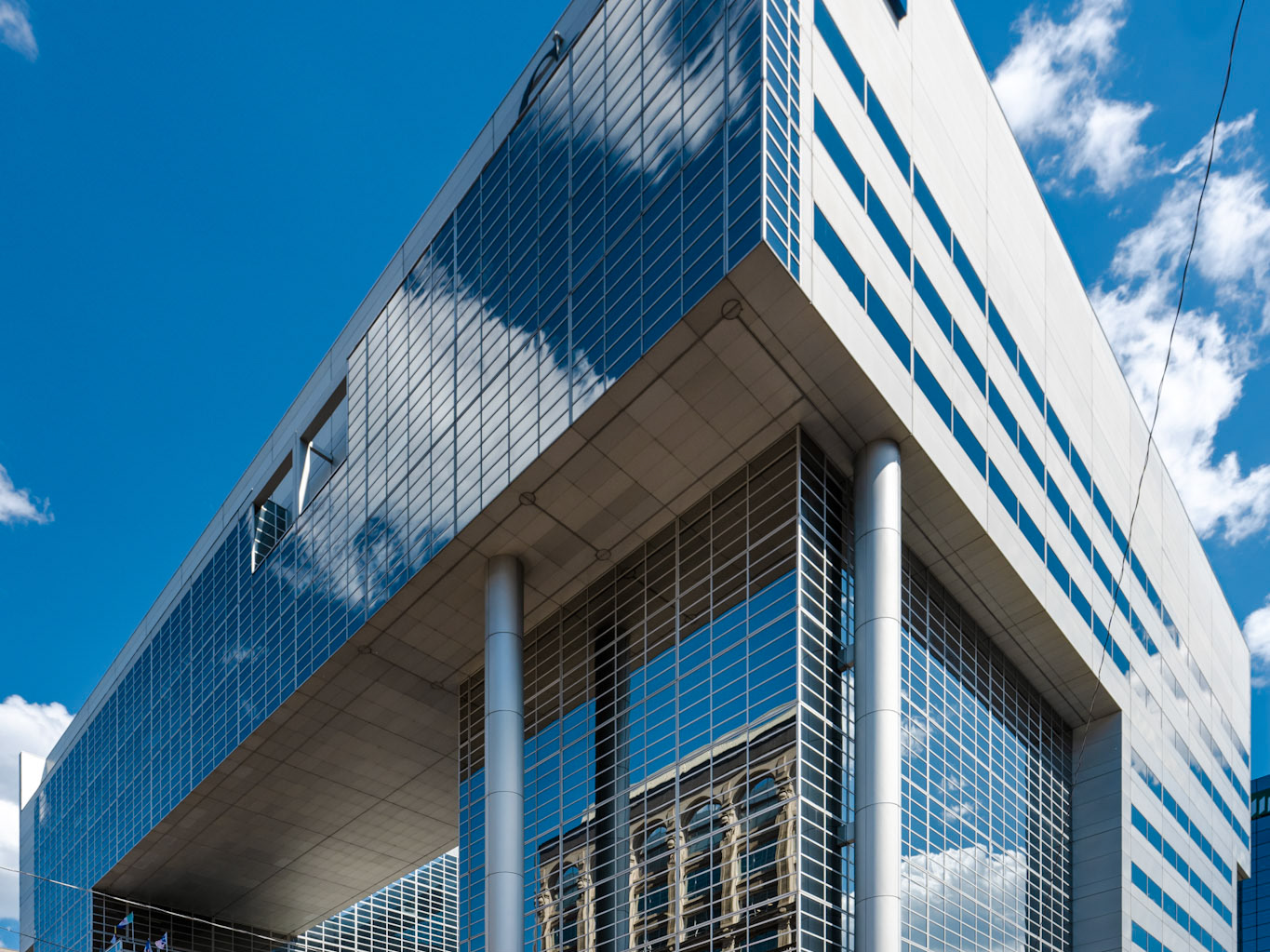
Thomas d’Arcy McGee building
1978 - 1981
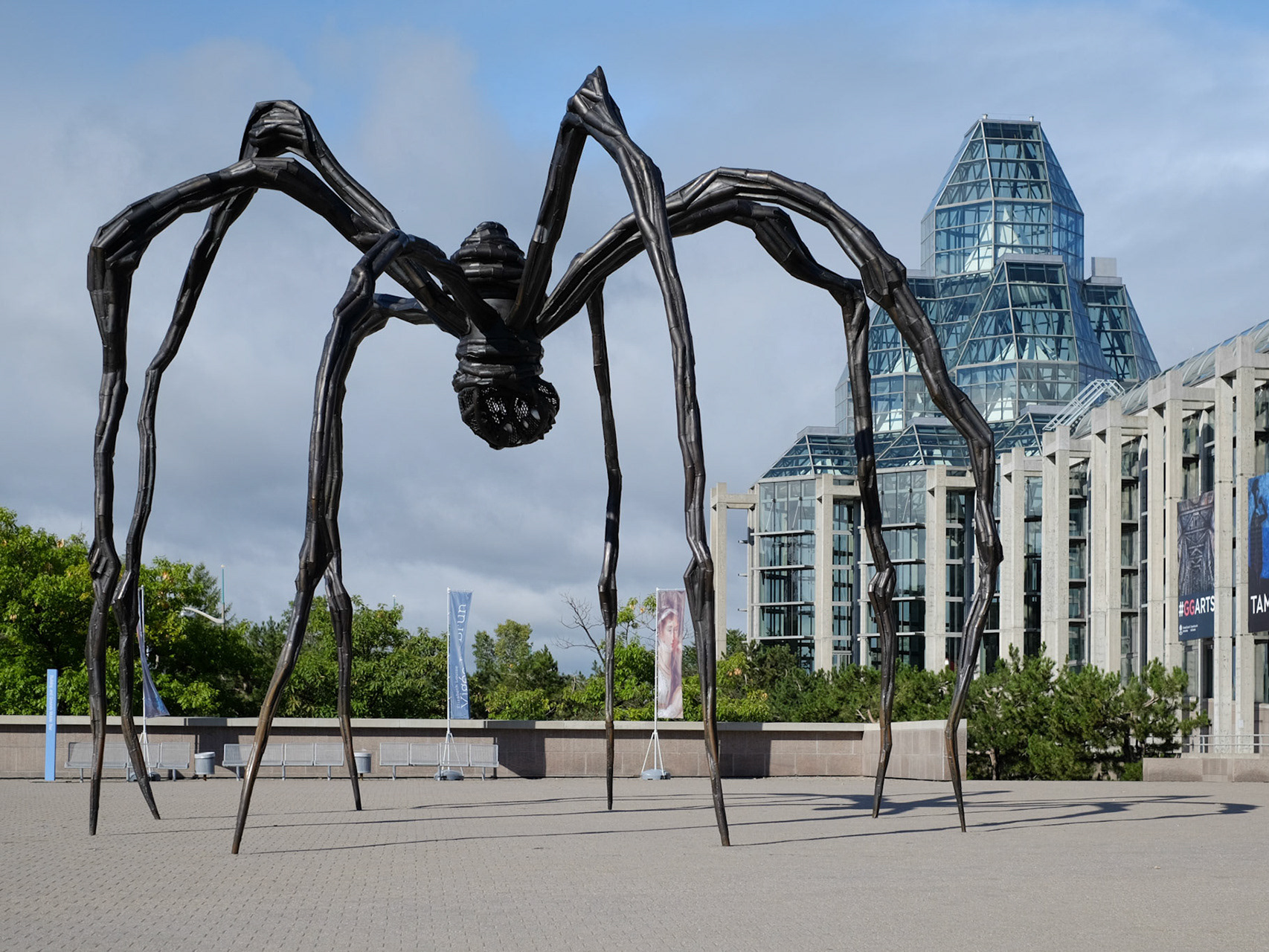
National Gallery of Canada
1985
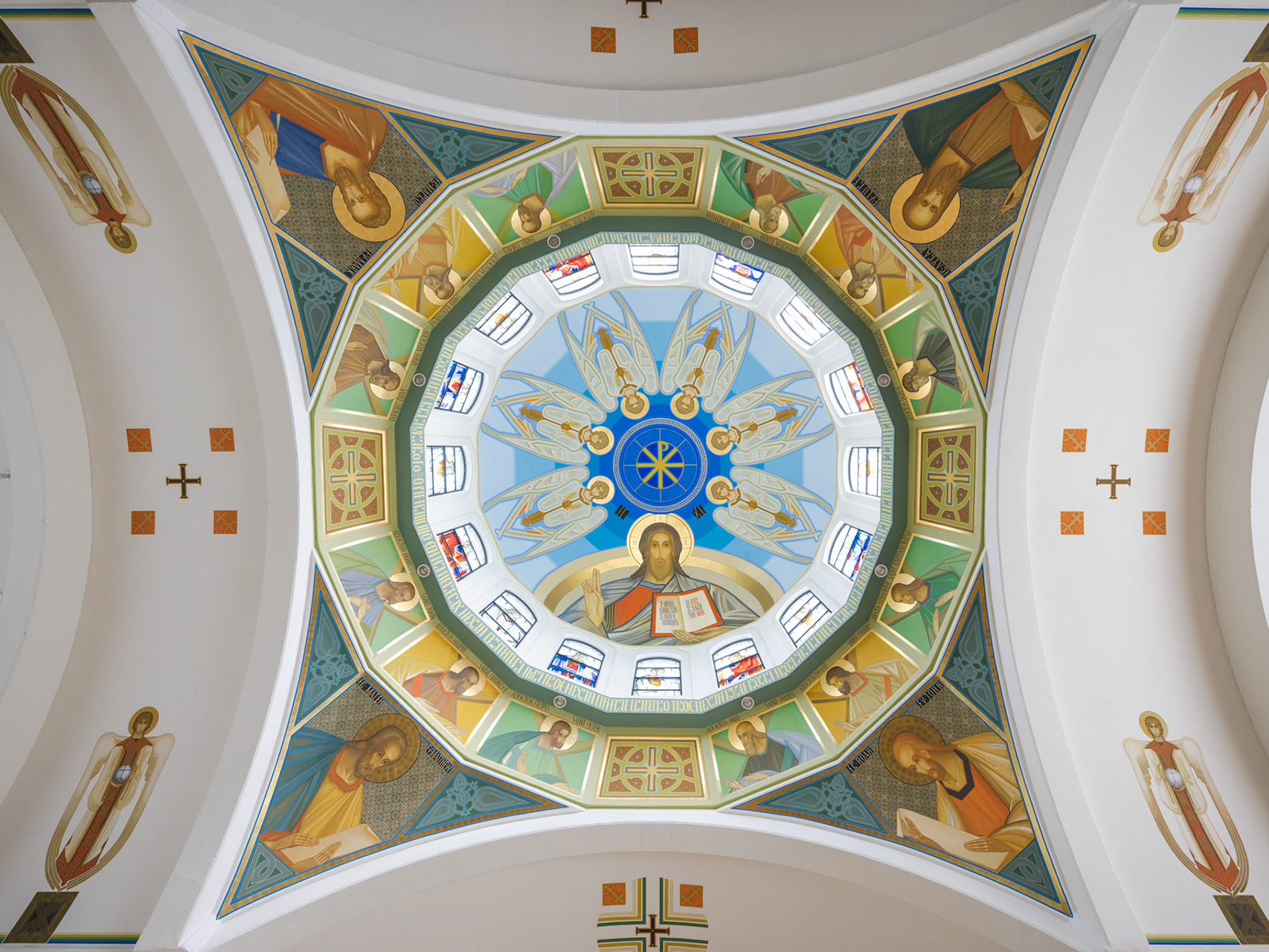
St. John the Baptist Ukrainian Catholic National Shrine
1987
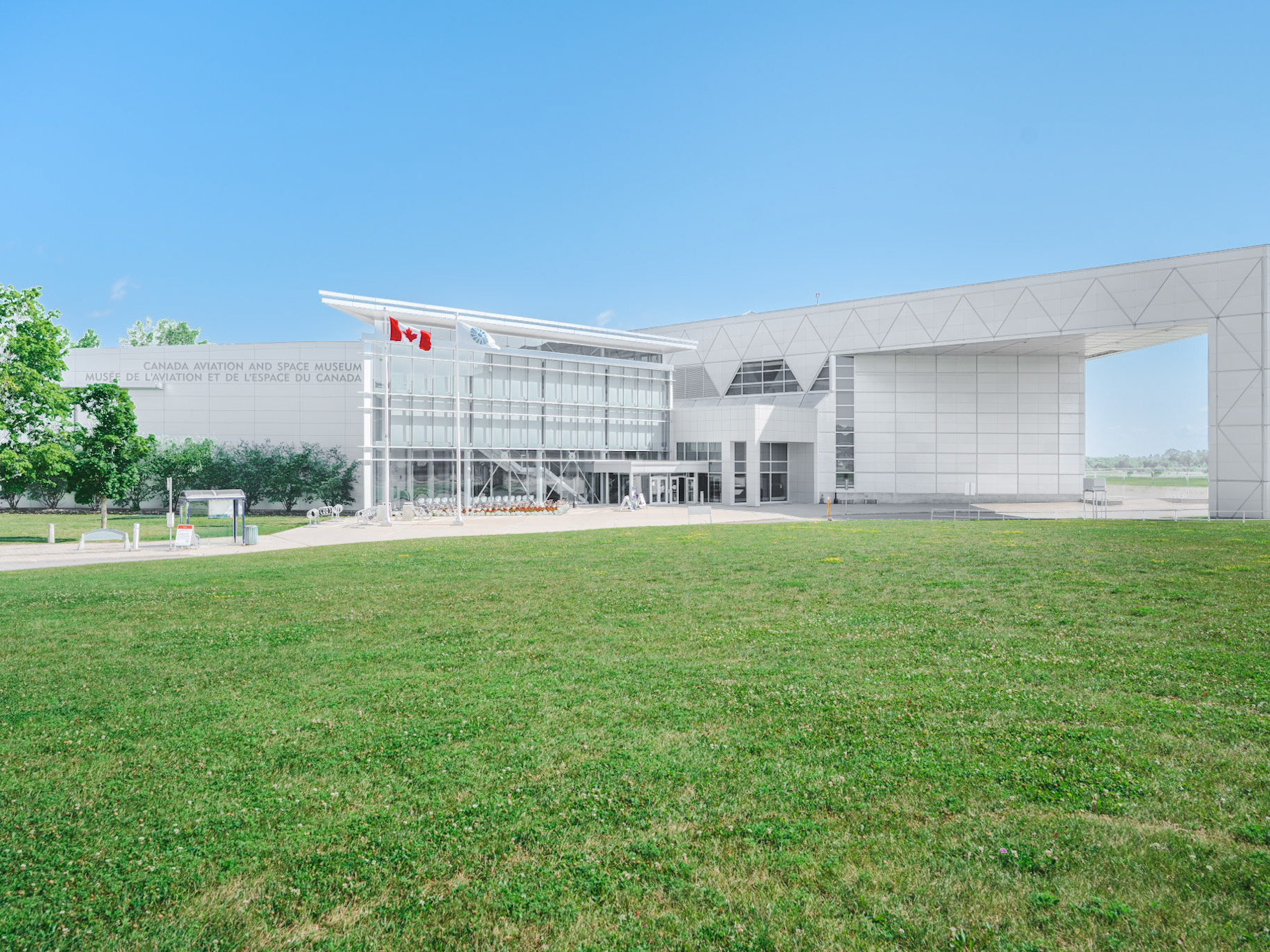
Canada Aviation and Space Museum
1988, extended 2006
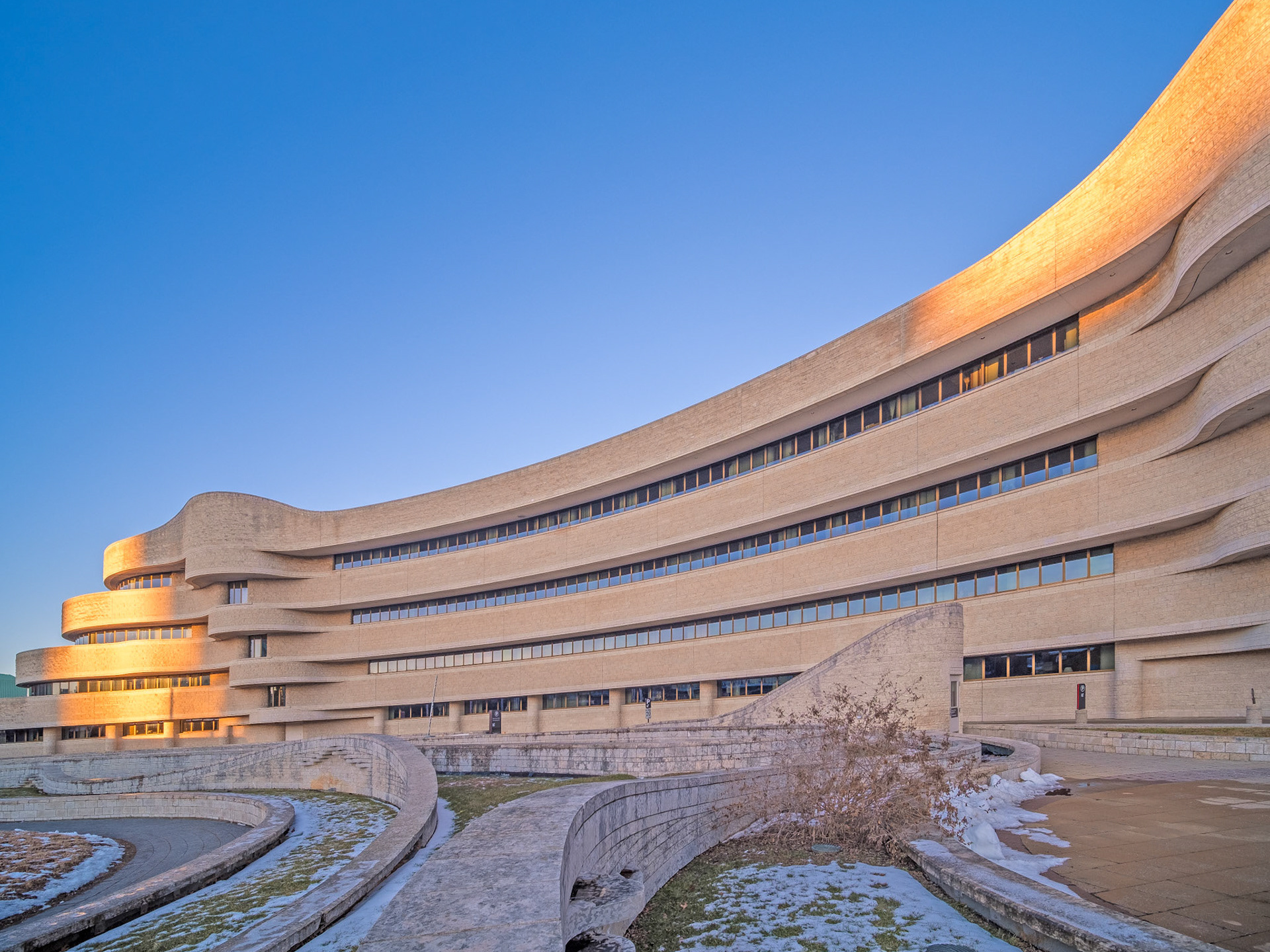
Canadian Museum of History
1989
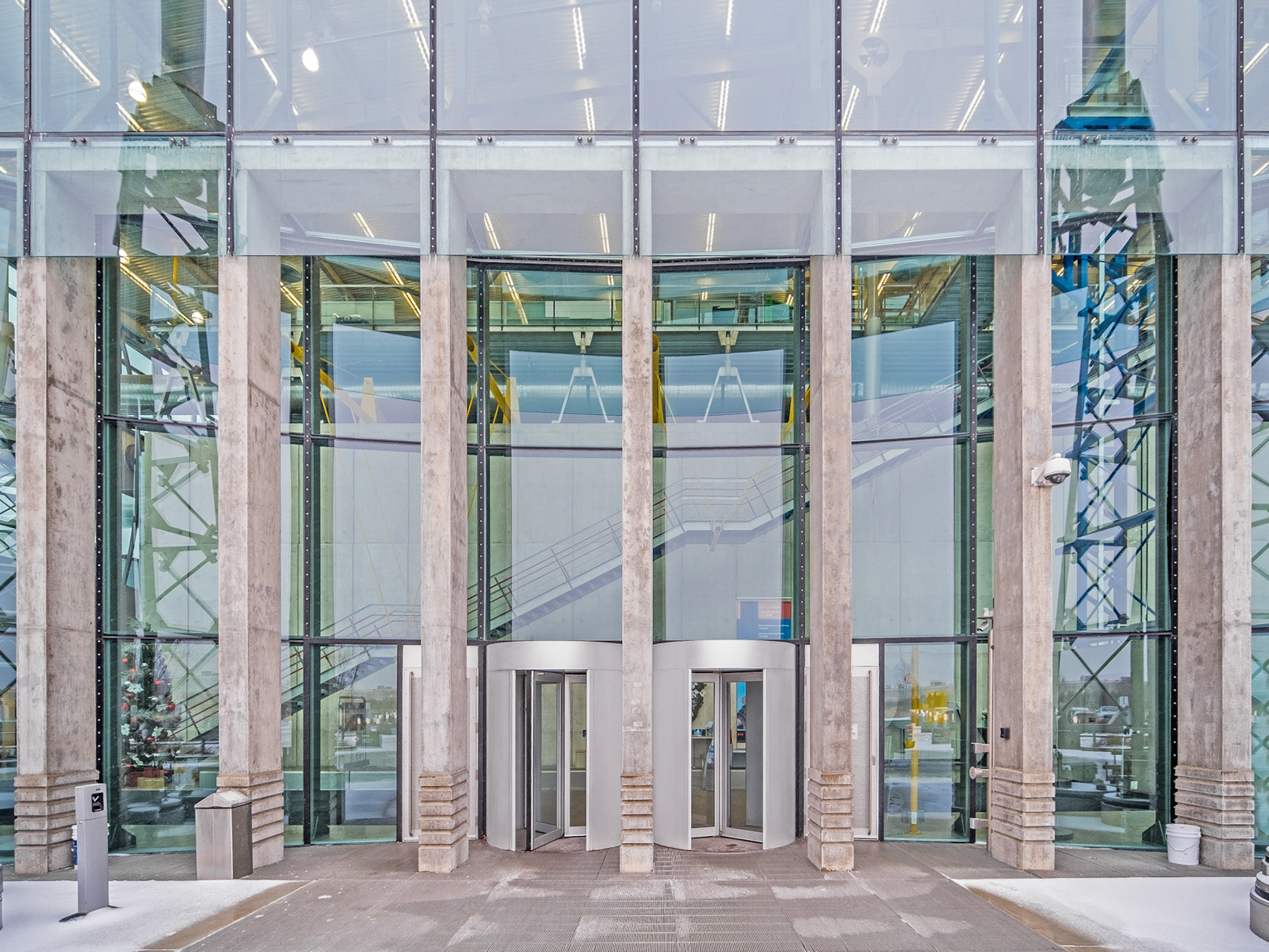
Library and Archives Canada Preservation Centre
1997
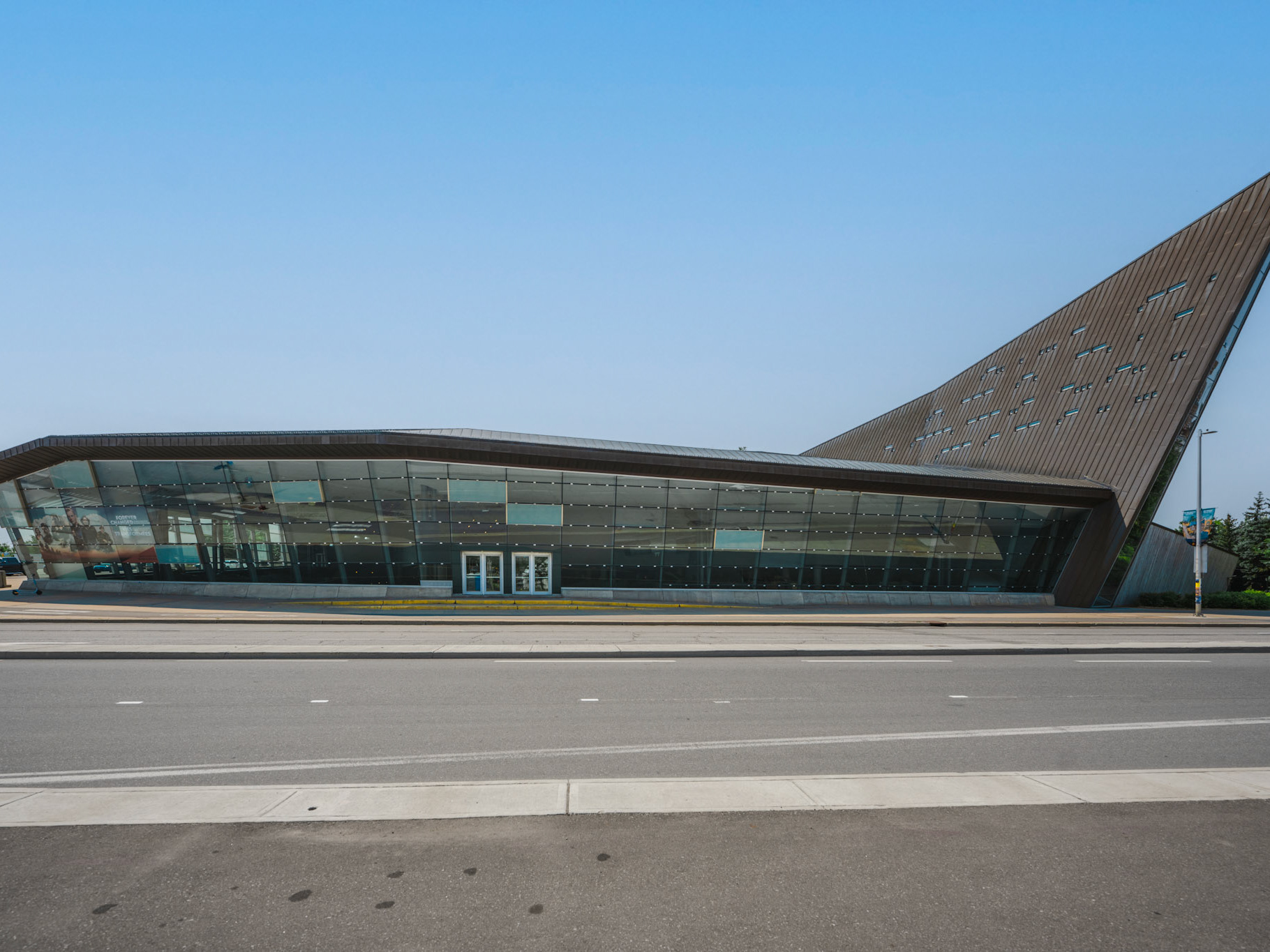
Canadian War Museum
2005
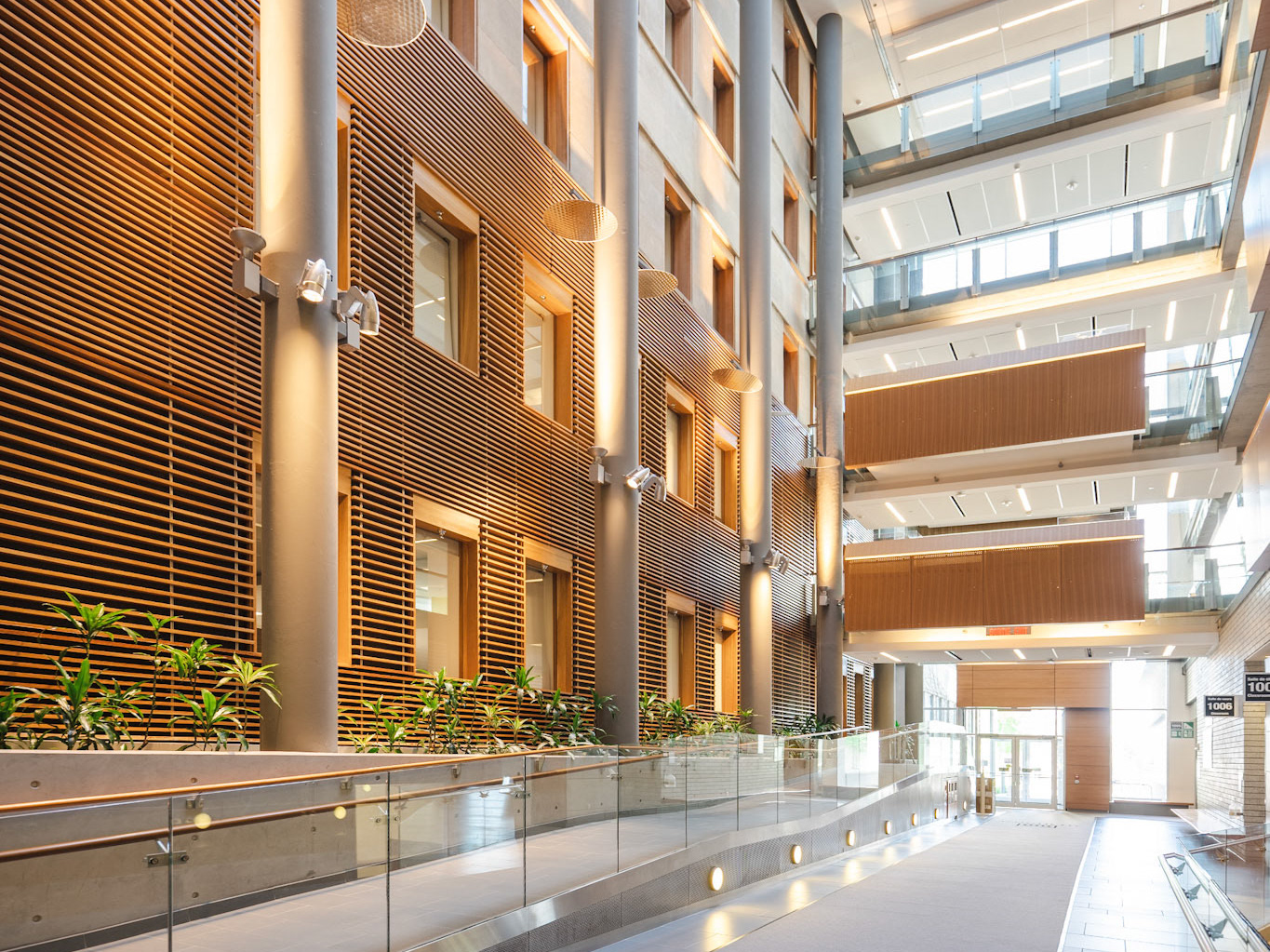
University of Ottawa FSS
2012
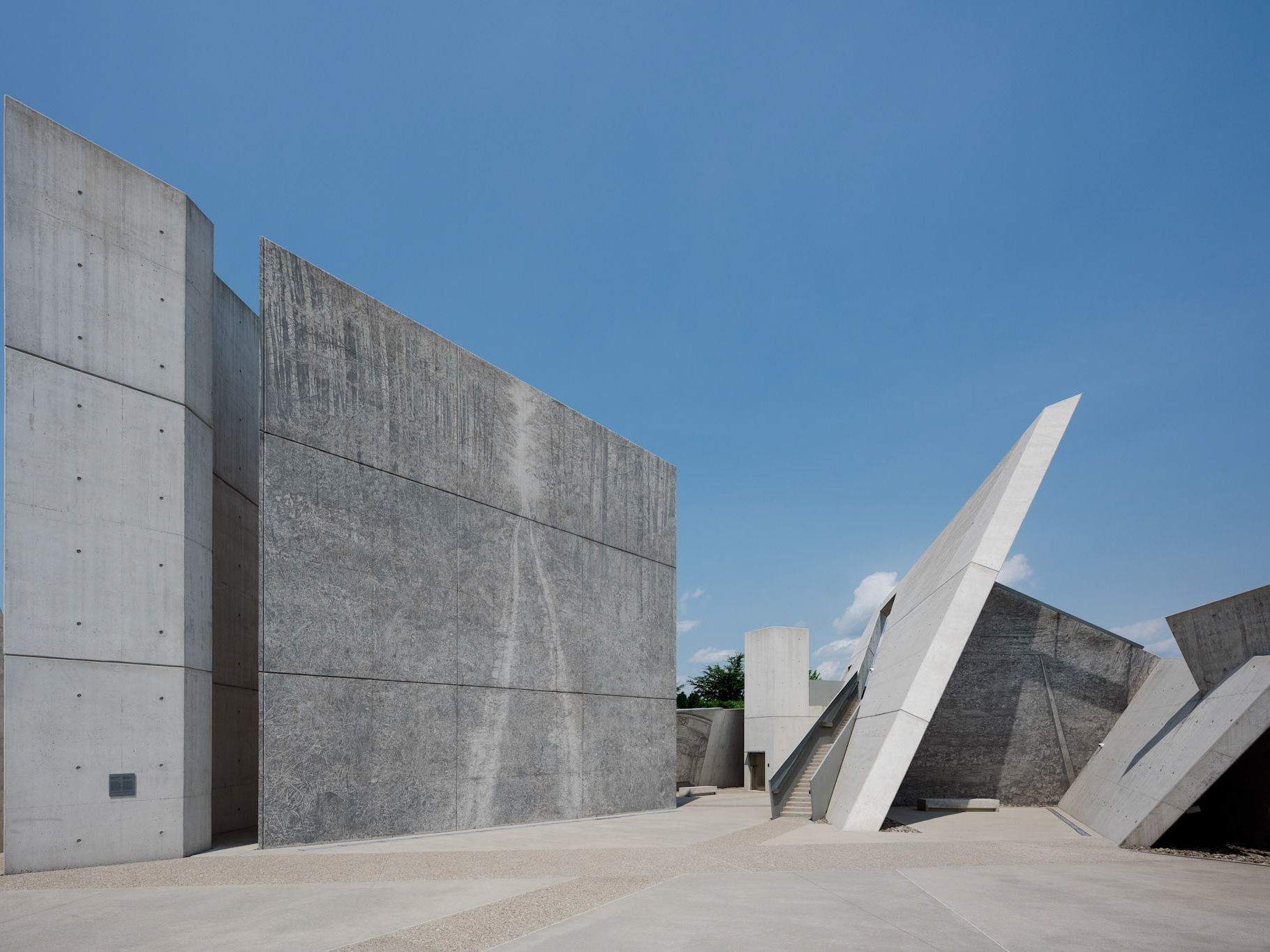
National Holocaust Monument
2017
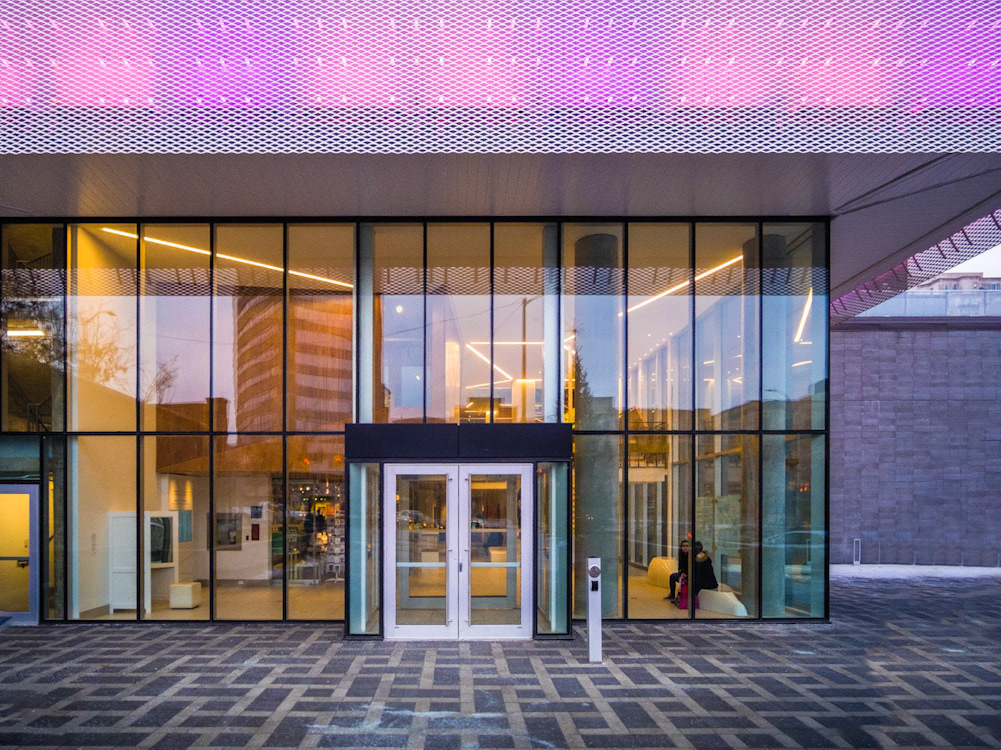
Ottawa Art Gallery
1870, extension in 2018
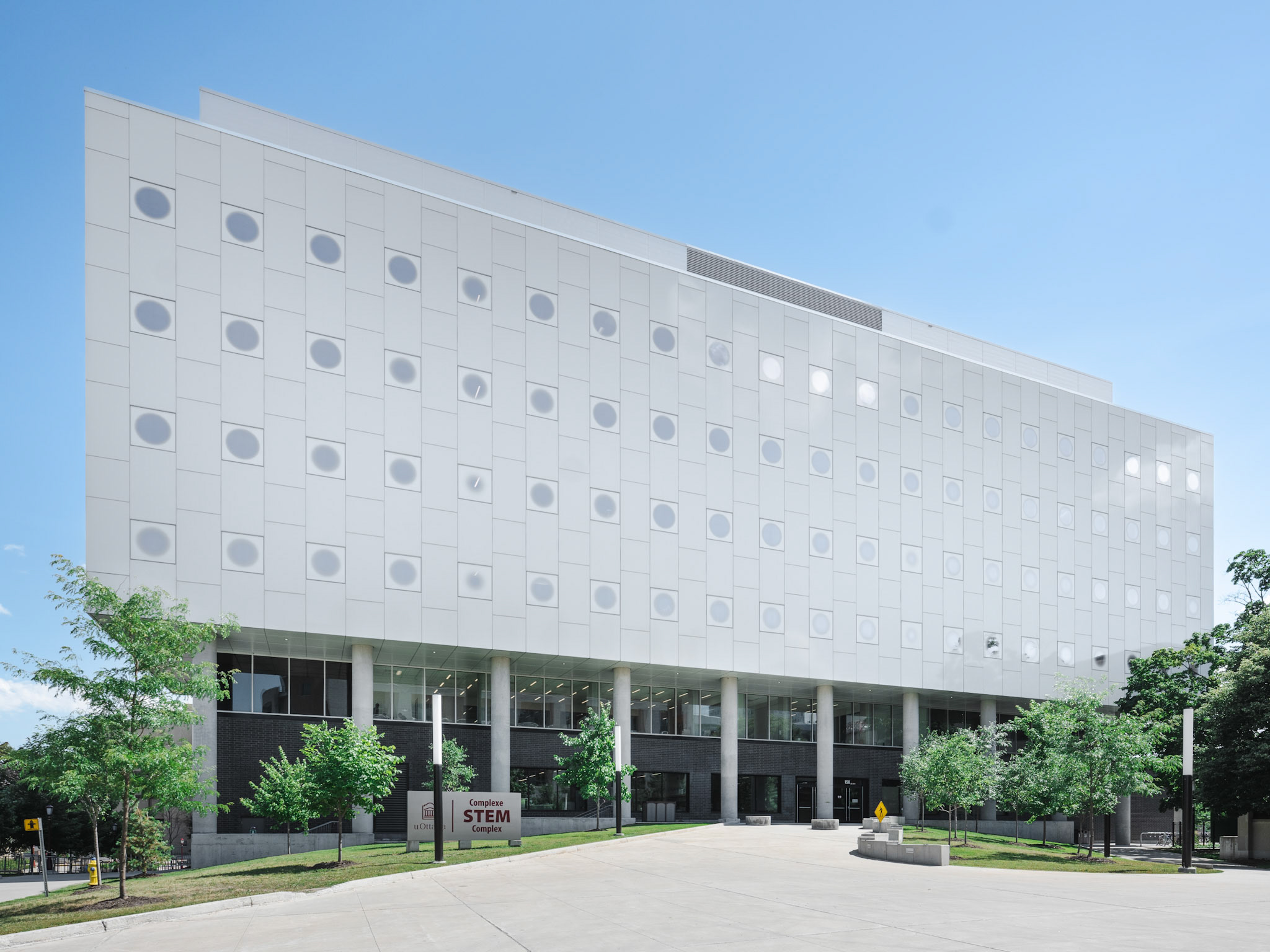
University of Ottawa STEM Complex
2018
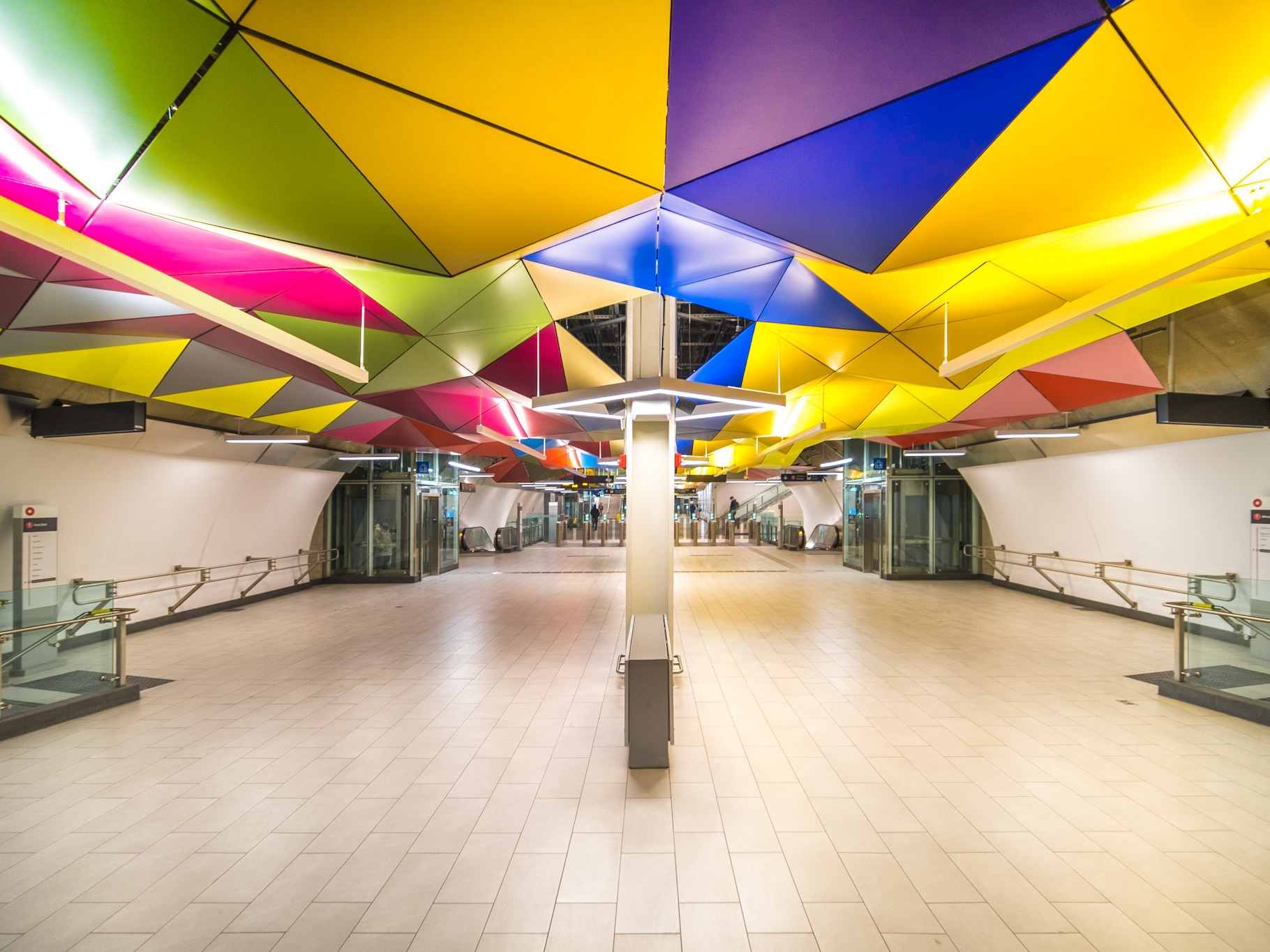
O-Train Confederation Line
2019
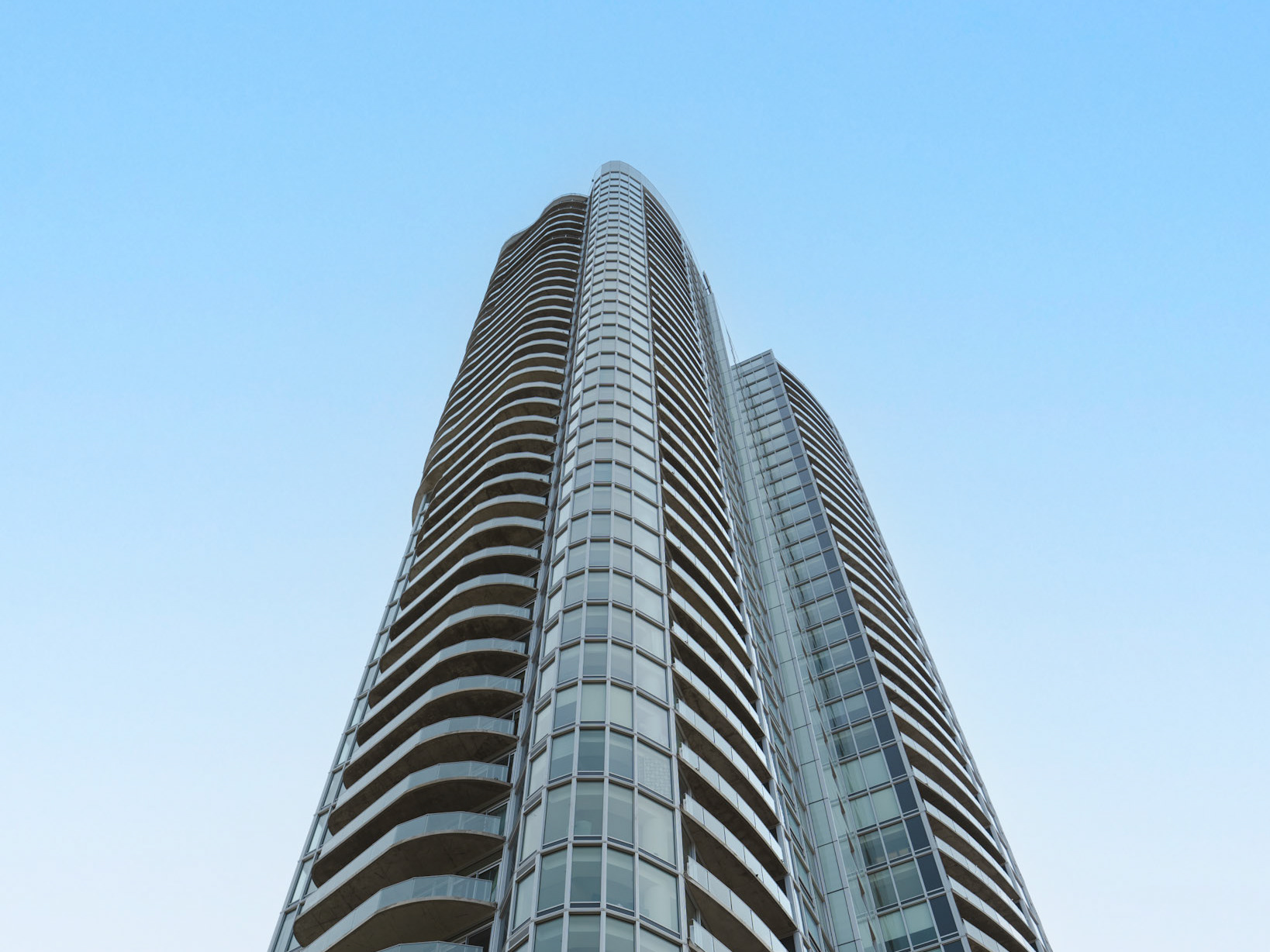
Claridge Icon
2022